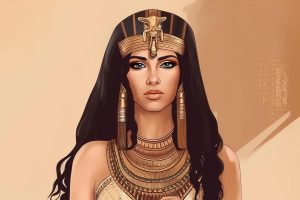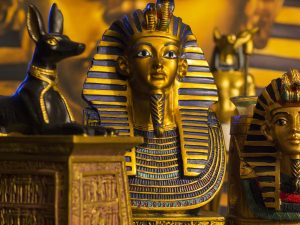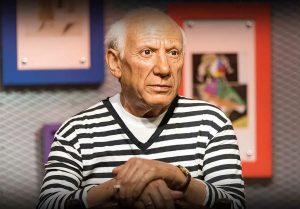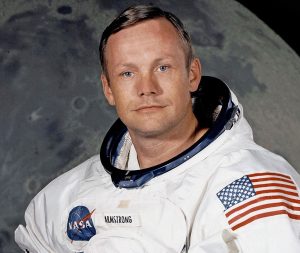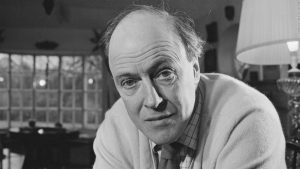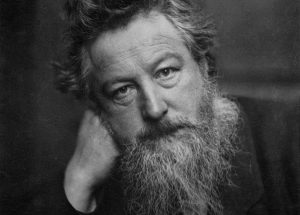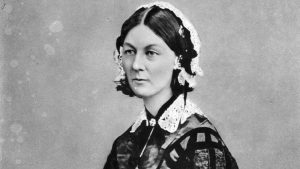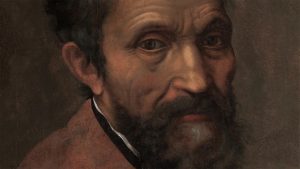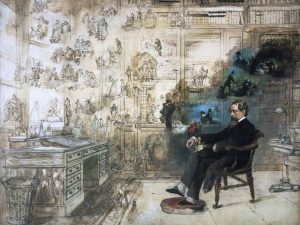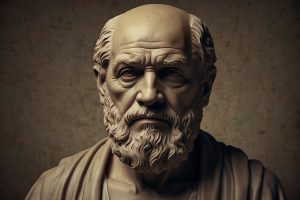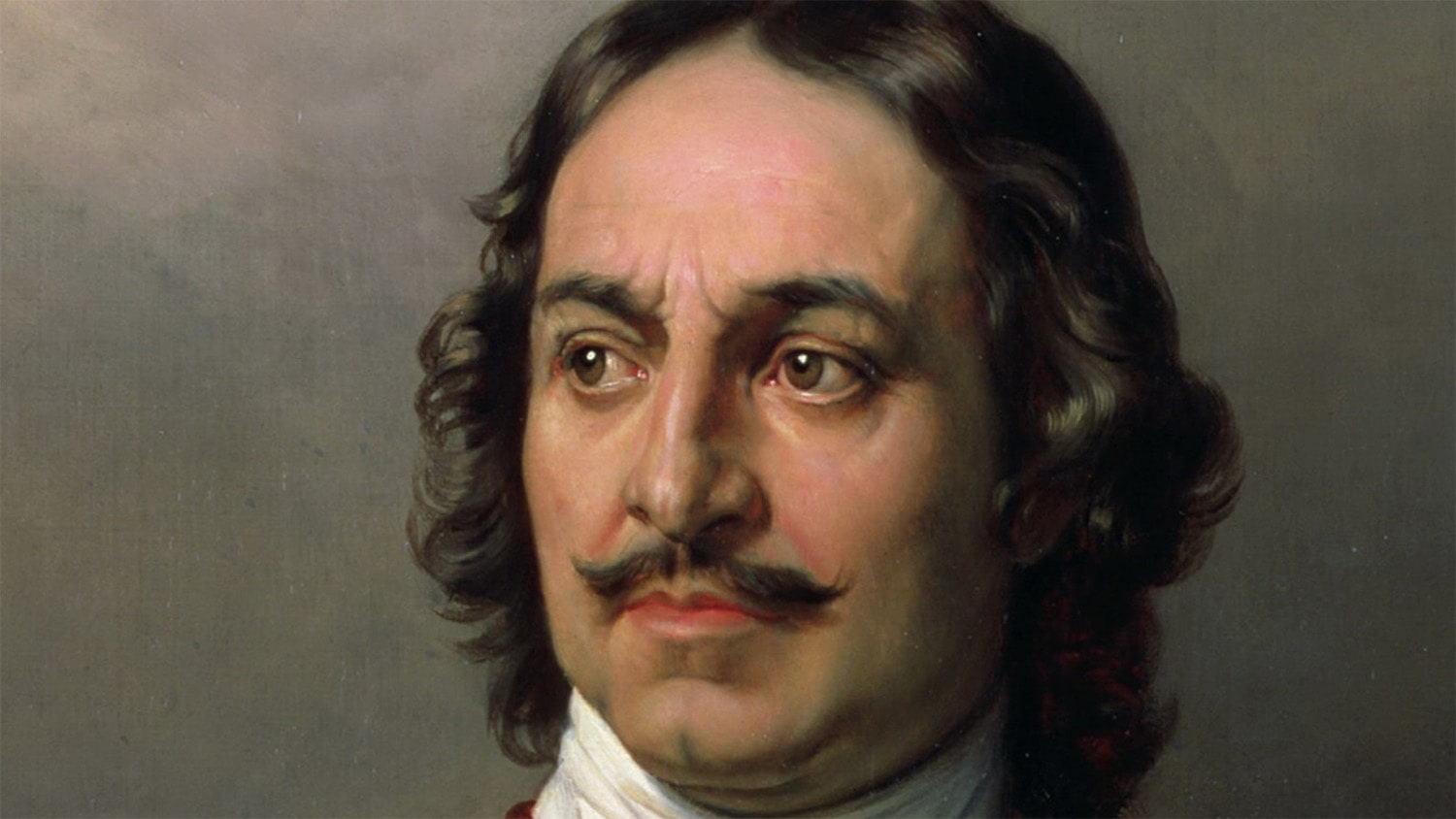
23 interesting facts about Peter the Great
- 👁️ 381
Peter the Great, one of history’s most dynamic and influential rulers, dramatically transformed Russia into a major European power through his extensive reforms in government, military, and cultural life. Born into the Romanov dynasty in 1672, Peter embarked on a reign that would see the introduction of Western technologies and philosophies into Russian society, the expansion of Russian territory, and the foundation of a new capital that symbolized Russia’s modernization. His efforts to westernize Russia were profound, encompassing various spheres of Russian life, and his legacy is visible in Russia’s military, governmental institutions, and cultural orientation towards Europe. Here are 23 interesting and informative facts about Peter the Great that showcase his accomplishments and the breadth of his influence on Russia and the world.
- Peter was officially crowned Tsar of Russia at the age of ten in 1682.
- He co-ruled with his half-brother Ivan V until Ivan’s death in 1696, after which Peter became the sole ruler.
- Peter the Great was unusually tall for his time, standing at 6 feet 8 inches (203 cm).
- He embarked on the “Grand Embassy,” a European tour to learn about Western technology and culture, incognito.
- Peter worked in shipyards in Holland and England under an assumed name to learn shipbuilding and other western technologies firsthand.
- He introduced the Table of Ranks, which created opportunities for non-nobles to serve the state and rise to high positions.
- Peter founded St. Petersburg in 1703 on the Baltic coast, making it Russia’s “window to the West.”
- He moved the Russian capital from Moscow to St. Petersburg in 1712.
- Peter implemented a beard tax to encourage Russian men to adopt Western-style grooming habits.
- The Tsar reformed the Russian alphabet and simplified the Russian language.
- He established the first Russian newspaper, the St. Petersburg Vedomosti.
- Peter created a professional standing army and a navy, significantly strengthening Russia’s military capabilities.
- The Great Northern War (1700-1721) against Sweden expanded Russian territory to the Baltic Sea and established Russia as a great European power.
- Peter introduced Western dress codes for the Russian nobility.
- He established the first Russian museum, the Kunstkamera, to house his collection of natural and human curiosities.
- Peter the Great was instrumental in the development of Russian education, founding schools and the Academy of Sciences.
- The Tsar reformed the Russian Orthodox Church, bringing it under state control.
- He was known for his harsh methods of dealing with opposition, including the execution of his own son, Alexei, accused of plotting against him.
- Peter died in 1725, without nominating a successor, leading to a period of government instability.
- He was awarded the title “the Great” by his successors in recognition of his contributions to Russia.
- Peter’s reforms extended to the calendar, as he introduced the Julian calendar to Russia in 1700.
- Despite his efforts to westernize Russia, Peter deeply valued Russian traditions and sought to blend them with European innovations.
- His legacy is celebrated in Russia as the founder of modern Russia, but he is also criticized for his autocratic methods and the heavy toll of his reforms on the Russian people.
Peter the Great’s reign was marked by profound changes that dragged Russia into the modern age, setting the stage for its emergence as a central player on the global stage. His vision for a Westernized Russia and his efforts to achieve this through sweeping reforms have left an indelible mark on the country’s social, political, and cultural landscape. While his methods were often ruthless, the scale of his achievements and the depth of his impact on Russia cannot be overstated. Peter the Great remains a towering figure in Russian history, celebrated for his visionary leadership and enduring legacy.
